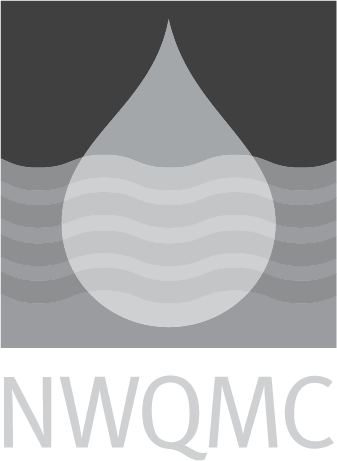EPA-RCA: 7740: Selenium by GFAA
|
Official Method Name
|
Selenium (Atomic Absorption, Furnace Technique) |
|---|---|
|
Current Revision
| Revision 0, September 1986 |
|
Media
|
VARIOUS |
|
Instrumentation
|
Graphite Furnace-Atomic Absorption Spectrometer |
|
Method Subcategory
|
Inorganic |
|
Method Source
|
|
|
Citation
|
|
|
Brief Method Summary
|
Aqueous samples are digested with hydrogen peroxide and nitric acid in order to convert organic forms of selenium to inorganic forms, to minimize organic interferences, and to solubilize the sample. Sludge samples are digested using the procedure in Method 3050. A matrix modifier, nickel nitrate, is then added to an aliquot of the digestate. Concentrations of selenium in the matrix are measured using a graphite furnace atomic absorption spectrophotometer (GFAA) system. Note: This method was integrated into General GFAA Method 7010 Jan-98. |
|
Scope and Application
|
This method determines the concentration of selenium in wastes, mobility-procedure abstracts, soils, and ground water. |
|
Applicable Concentration Range
|
None. |
|
Interferences
|
(A) Loss of analyte: Elemental selenium and its compounds are volatile, subsequently, some may be lost during sample preparation and/or analysis. Appropriate QC, including spiked samples and standard reference materials should be processed, as well as, adding nickel nitrate as a matrix modifier and choosing appropriate drying and charring cycles to detect and minimize volatilization losses. (B) Matrix interferences: Selenium is susceptible to severe nonspecific absorption and light scattering during atomization. High iron interferences can be corrected using Zeeman background correction. (C) Memory interferences: Selenium can carry over if it is not completely volatilized, which can be detected by blank burns. The tube should be cleaned by regularly burning it at full power throughout the analysis. |
|
Quality Control Requirements
|
A calibration curve must be analyzed for every hour of continuous sample analysis and must consist of a minimum of a blank and three standards. In addition, periodic analysis of blanks, check standards, matrix spikes, and matrix spike duplicates as a check on performance. Standard addition shall be used for analysis on all EP extracts, on all analyses submitted as part of a delisting petition, and on a new sample matrix. |
|
Sample Handling
|
Aqueous samples must be acidified to a pH < 2 with nitric acid. Non-aqueous samples shall be refrigerated and analyzed as soon as possible. Also, see SW-846 Chapter Three for information. |
|
Maximum Holding Time
|
See SW-846 Chapter Three for information. |
|
Relative Cost
|
$51 to $200 |
|
Sample Preparation Methods
|
Methods 7740 (aqueous) and 3050 (sludge) |




